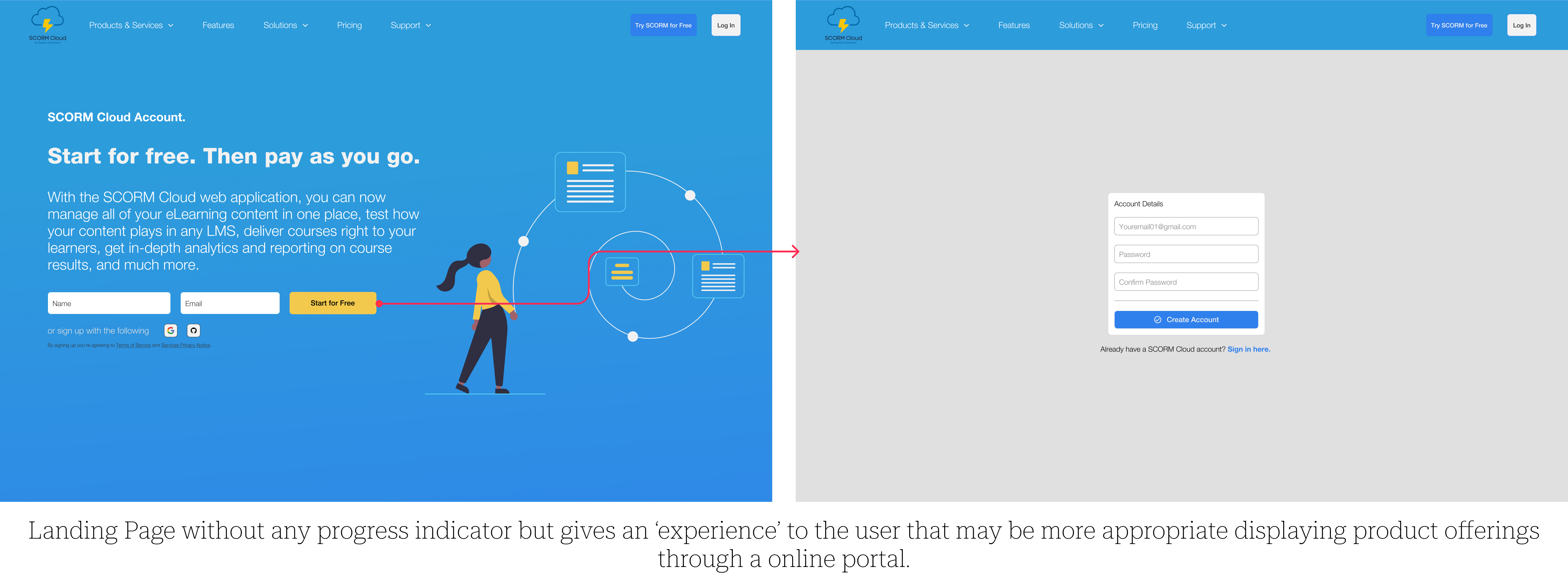Autovision was apart of my Graduate thesis where I worked with early-stage startup founders
to create an MVP before a investor pitch round. Much of this project required cross collaboration
between myself & the 2 founders who have a background in product management & SWE.








































